
views
- Hospitals are so cold because cool temperatures slow down bacteria growth and limit the spread of viruses and diseases.
- Cool temperatures in hospital rooms help doctors, nurses, and staff stay comfortable and focused as they move around at work.
- Keeping hospital temperatures low also limits condensation, which helps prevent mold and bacteria from growing.
Reduces the risk of disease and infection.
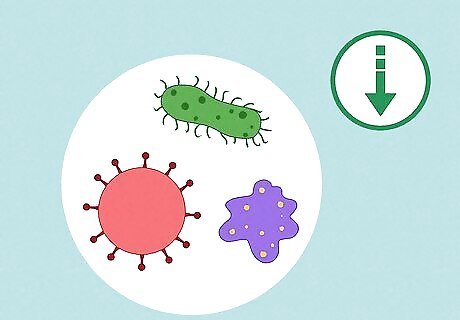
Cool temperatures limit bacteria growth and the spread of viruses. Hospitals need to stay as sterile as possible to prevent patients, staff, and visitors from contracting illnesses and diseases. Bacteria and viruses typically thrive in warm temperatures, so keeping the hospital cold helps slow their growth on surfaces and medical supplies. The CDC recommends keeping operating rooms and clean workrooms cooler at around 68-73°F (20-23°C), as these rooms need to stay germ-free. Hospitals are kept cold for the same reason most food needs to be stored in the fridge or freezer: cold temperatures hinder germs.
Keeps staff comfortable and alert.
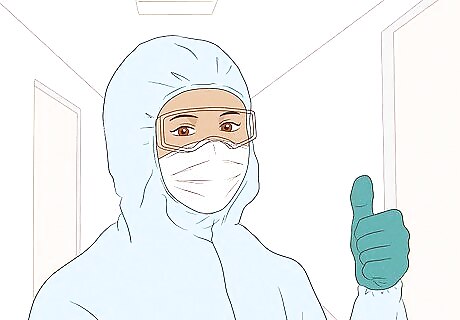
Low temperatures reduce the risk of overheating and drowsiness. Doctors, nurses, and other hospital staff are constantly moving between rooms while wearing scrubs, masks, and other personal protective equipment (PPE) to help their patients. This can cause them to overheat and sweat, so the hospital’s cold temperatures ensure they stay comfortable and clean. The cold also helps staff stay alert and composed, especially if they’re working in an operating room. Most operating rooms have lots of bright lights and machines that generate heat. So, they’re kept cooler to keep surgeons and staff comfortable.
Prevents condensation from forming.
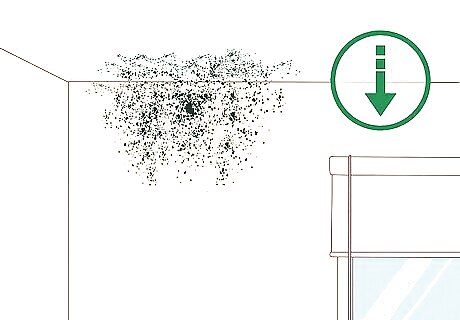
Condensation and humidity lead to bacteria and fungal growth. Keeping the hospital’s air conditioning running helps cycle out warm, damp air and prevents condensation from forming on walls, surfaces, and medical equipment. This helps prevent bacteria and mold from growing to keep the hospital as clean and sterile as possible. Cool air also holds less moisture than warm air, which helps reduce humidity and condensation in the hospital.
Keeps patients comfortable.
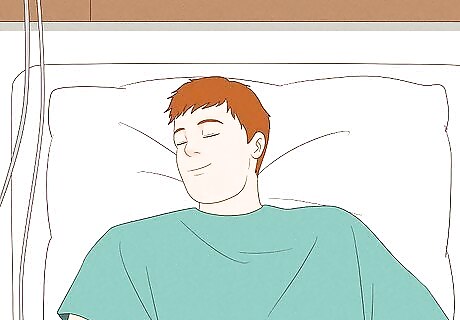
Cold air helps patients get cozy and sleep better. It’s much easier for hospital staff to warm up their patients and keep them comfortable in cold temperatures than trying to cool them down in the heat. Plus, temperatures around 60-67° F (15-19° C) are ideal for a good night’s rest, which helps patients relax and heal. Most hospitals keep lots of blankets, socks, and gloves on hand because they know hospitals run cold. If you’re staying in the hospital, just ask your nurse for some extra layers.
Preserves medications.
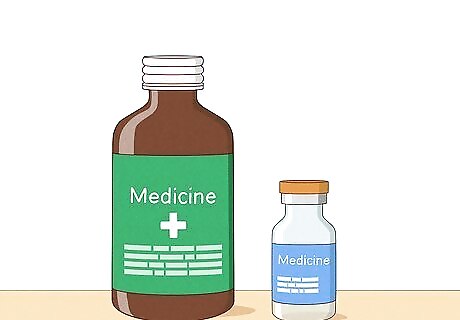
Cool temperatures prevent important medical supplies from spoiling. Most medications, vaccines, and other prescriptions are stored in cool temperatures, as heat can cause the ingredients to degrade and lose their effectiveness. So, hospitals stay cold to ensure their life-saving supplies aren’t harmed. The cold is also important for preserving blood and tissues for transfusions and transplants.
Promotes healing for some illnesses.

Cool air helps patients with fevers and burns find relief. Some illnesses and injuries make patients feel hot, so a hospital keeps their rooms at a cool temperature to soothe and relax their patients as much as possible. For instance, patients with a fever or burn typically feel more comfortable staying in a cool room.
Helps with surgery recovery.

Cold air prevents sweating and excessive bleeding. After surgery, patients need to remain as comfortable and clean as possible. Staying in a nice, air-conditioned room keeps them from sweating and getting their wound dirty, which lowers their risk of infection. Chilly temperatures also lessen blood flow by constricting the blood vessels, which helps surgery patients heal, too.
Prevents medical equipment from overheating.
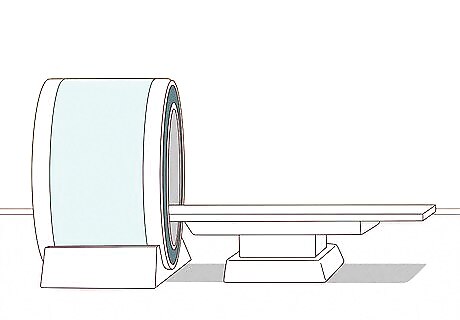
Cool temperatures ensure machines stay functional. Medical tools, equipment, and machines, like MRI machines, generate a lot of heat when used. Maintaining a cold temperature in the hospital helps offset the heat the equipment generates so they don’t malfunction and stay in tip-top shape.
Helps conserve energy.
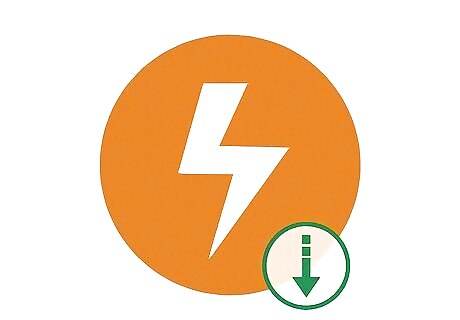
Cooling a building uses less energy than heating it. Hospitals keep their temperatures lower to reduce their energy use and thus cut down on their energy bill. This lowers their expenses so they have more money to invest in their patients’ care and staff’s well-being.















Comments
0 comment